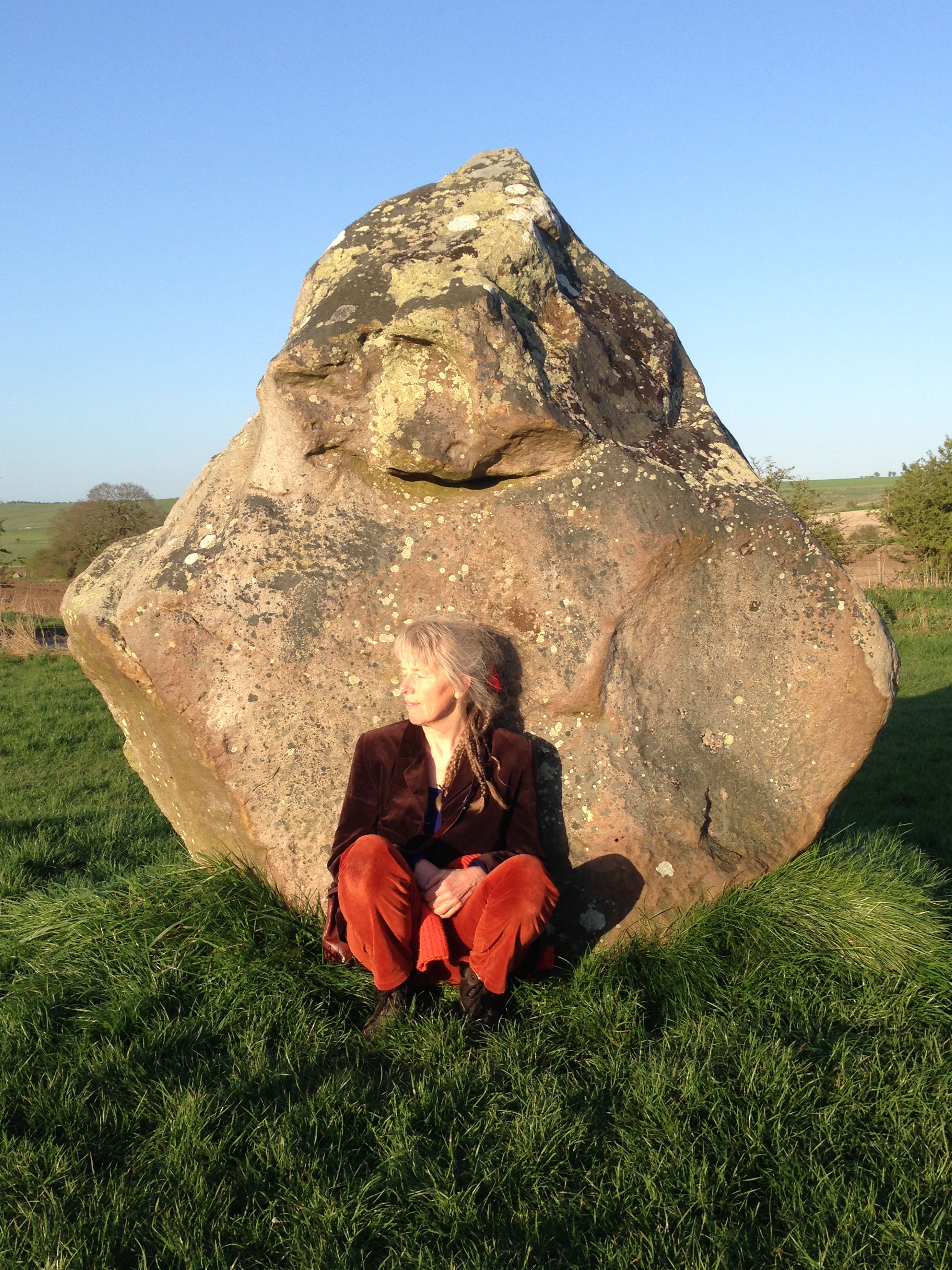You’ve probably heard it often, if not from others, then from your own internal voice. Let it go!
What does that mean?
What is letting go of what?
Is it truly possible to leave anything or anyone behind?
The command “Let it go” can often sound punitive. We can feel not “OK” in our inability to simply get ‘over’ stuff which is attracting our thoughts, feelings and emotions, for better or worse.
Yet throughout the ages, the sacrifice, the willingness to ‘lose’ something, or the ‘let go’ has been prized as a key movement in allowing personal evolution, freedom and inner growth.
Yet when we contemplate just the movement of letting go, it can never be so simple. Is it to repress an emotion? To “think” other thoughts, not about the object we want to leave behind? Is it to chant a mantra louder than that which is our subliminal, natural preoccupation? Is it to pretend, to disguise or dictate our feelings in another direction? Is it to forget a conflict and trust that it will not come back to bite us in another guise?
Stuff that grabs our attention does so for a reason. It’s not random. The main reason is because there is a learning in it, often from a deeper karmic theme.
On the interpersonal level, for example, our preoccupation with the “other”, in love or war, is often stemming from a deep pain of rejection, and a learning (and eventually a liberation) through all the forms this pain can take in our inner and outer worlds.
It can be easier to obsess about the “other” person, or a situation, or an argument or outrage that has been, than to go to the root of our own intimate pain – this sense of separation, rejection, inner condemnation, or disgust at the ‘world’.
Rejection, for example is a pain which works both ways – often leading to the core which is our own desire to reject being here, now, for whatever reason. It’s not an easy one.
The Psychology of the ‘Let Go’
So back to the ‘let go’. Why are we holding onto stuff in the first place, in order to generate this need to let it go? What motivates the holding on?
More often than not, our compulsion to hold onto what has been a painful or confrontational entanglement is not because we want to keep it, but rather that in our fear, we want to freeze it. By obsessing, we keep stuff in its present form, thus preventing its unravelling to tell its story.
For example, we can have an internal rant about an argument with the neighbor, which goes on and on inside our heads, repetitive, annoying, boring. Why would we do that? The first reason is to freeze the situation from revealing that which we have long been hiding from – our own sense of unworthiness, our disgust, our feeling of not belonging. So in obsessing, we are actually attempting to be free, we just didn’t learn yet what real freedom is.
When we “let go” of the stories in our minds, and disinvest from them with our consciousness, what tends to come forward is a story of feelings on the sentient layer of awareness. A first layer can be pure emotion – perhaps anger or fear, but if we let them be, they will open like flowers to reveal the seeds of separation from which they were born. Behind the anger, for example, can be a fear of rejection. Behind the fear of rejection can by the pain of rejection itself. Behind the pain of rejection, perhaps a sense of separation. In allowing the sense of separation to expand, this itself will – sooner or later – reveal it’s own lie. We were never separate, and we never will be separated.
So who lets go?

When we are in an inner fight, unconditional surrender to what “is” will open the garden of healing.
In a sense, the movement of letting go, is a movement of surrender to whatever is here and now, on all levels of our experience. It is the opposite of self-control or punitive dictation.
Through surrendering to whatever is present in the moment, the engagement which is not in the moment immediately becomes relative. For example, by surrendering to the suds of the washing up, at the same time that we are fuming about the neighbor, our experience is broadened into a relative context.
A space can then be created between the emotions and thoughts connected with the neighbor, and the one who is able to experience such feelings or thought (together with the warm water of the washing up). This space opens a possibility for that one – the one that is able to experience anything at all – to release its hold of the entanglement.
There is a risk in this (and unconsciously we know this, or else we wouldn’t be holding on so tight). The risk is that we will meet the deeper layers of our personality, or the deeper themes around the same sentient wounds. Take the risk. In a way, in letting go, we begin to get ourselves back.
In short, letting go is not about repression, rejection, disconnection or throwing stuff away (there is no such place as “away”). It is about releasing control over whatever “is” happening in ourselves, at the depth, and moving beyond fear in order to allow transformation.
The one that is able to let go, is the source of that which is in need of healing and transformation. As such, letting go is about releasing control, and letting that one – the one we are at source – be in freedom.
It is not about division, but about reunion. All ways.
And deep within this reunion is the explosive power of our collective freedom.





